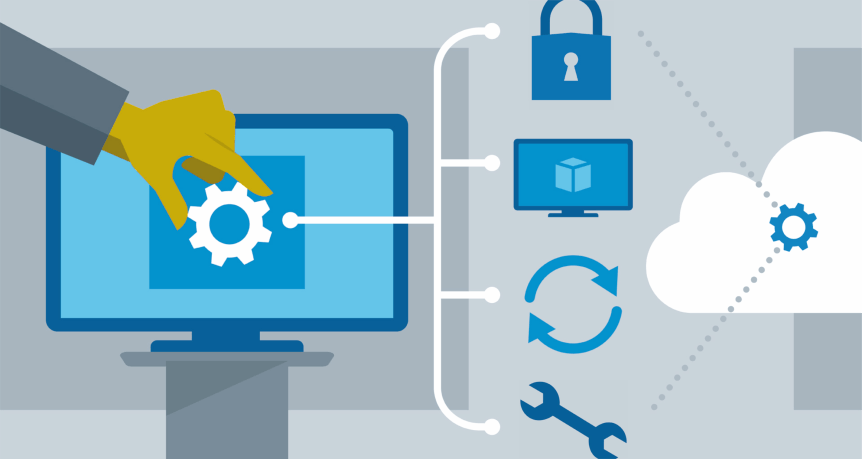In today’s interconnected world, remote work has become more prevalent than ever before. As a result, Remote Desktop Protocol (RDP) servers have become essential tools for organizations and individuals alike. check here allows users to access and control remote computers or servers over a network, providing convenience and flexibility. However, to ensure a smooth and efficient remote desktop experience, it’s crucial to optimize your RDP server. In this blog, we’ll explore various tips and tricks to maximize efficiency and improve the performance of your RDP server.
1. Choose the Right Hardware
The foundation of any well-optimized RDP server starts with the hardware. Ensure that your server hardware meets the requirements of your workload. Invest in sufficient CPU power, memory (RAM), and storage to handle the expected number of users and their activities. SSDs are highly recommended for storage due to their faster read and write speeds, which can significantly enhance RDP server performance.
2. Keep Your Software Updated
Regularly update your server’s operating system, RDP software, and all related applications. Updates often contain important security patches and performance enhancements that can improve the overall efficiency of your RDP server. Consider enabling automatic updates to ensure you’re always running the latest software versions.
3. Optimize Network Performance
A fast and stable network connection is critical for a smooth RDP experience. Here are some ways to optimize network performance:
- Use a wired connection: Whenever possible, connect your RDP client and server using Ethernet cables instead of Wi-Fi to reduce latency and packet loss.
- Invest in quality networking equipment: High-quality routers, switches, and network cables can significantly improve network stability and speed.
- Limit bandwidth-intensive tasks: To prevent network congestion, restrict bandwidth-heavy activities on your network while using RDP.
4. Adjust Display Settings
The display settings on your RDP client can greatly impact performance. Lowering the display quality can reduce the amount of data transmitted over the network, resulting in a smoother experience. Consider these adjustments:
- Lower color depth: Reducing the color depth from 32-bit to 16-bit can decrease the amount of data transmitted, improving performance.
- Decrease resolution: Lower the screen resolution on your RDP client to reduce the workload on the server.
- Disable visual effects: Turning off animations and visual effects in the Windows settings can also enhance performance.
5. Implement Compression
Enabling compression on your RDP server can further reduce the amount of data transmitted over the network. This can be especially beneficial when working with slower internet connections. Windows Server includes built-in compression options that can be configured in the Group Policy Editor.
6. Optimize User Profiles
User profiles can become bloated over time, slowing down the login process and overall server performance. Regularly clean up user profiles by removing unnecessary files and temporary data. You can also consider using mandatory profiles to ensure consistency and reduce profile size.
7. Enable RemoteFX
If you’re using Windows Server as your RDP host, consider enabling RemoteFX. RemoteFX is a set of RDP technologies that improve the visual experience of remote users, including better graphics and video playback. It can be especially beneficial for tasks that require high-quality visuals.
8. Implement Session Virtualization
Session virtualization, also known as Remote Desktop Session Host (RDSH) mode, allows multiple users to run applications concurrently on a single server. This can be a cost-effective way to maximize server resources and accommodate more users without sacrificing performance.
9. Monitor and Troubleshoot
Regularly monitor your RDP server’s performance using built-in tools or third-party software. This allows you to identify and address any bottlenecks, resource limitations, or unusual activity promptly. Regularly review logs and event messages for potential issues.
10. Security Measures
Last but not least, don’t forget about security. Implement robust security measures to protect your RDP server from unauthorized access and potential attacks. Consider using strong authentication methods, applying strict access controls, and keeping the server and its software up-to-date with the latest security patches.
In conclusion, optimizing your RDP server for efficiency is crucial for providing a seamless remote desktop experience. By following these tips and tricks, you can ensure that your RDP server performs at its best, enhancing productivity and user satisfaction. Stay proactive in monitoring and maintaining your server to keep it running smoothly in the long term.
